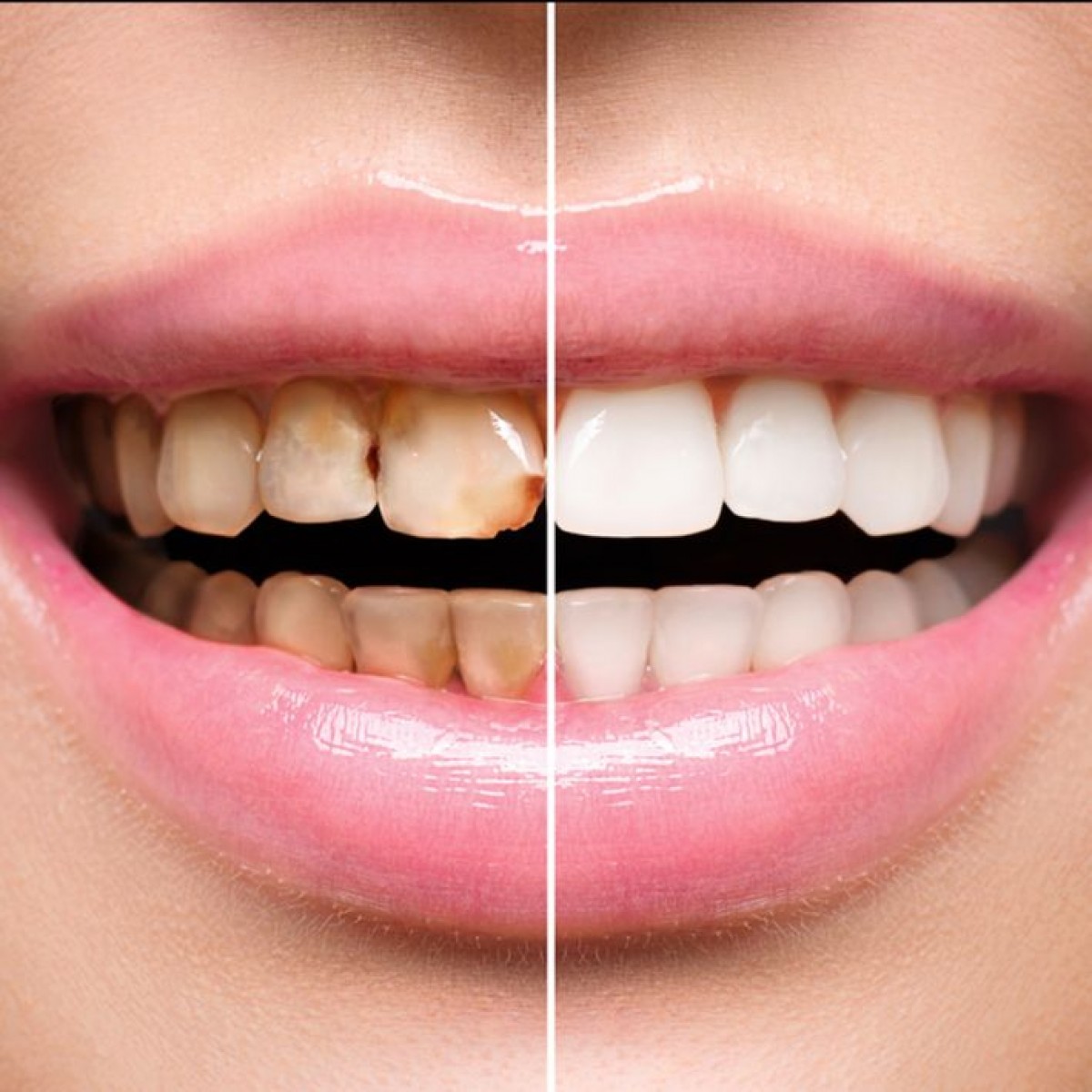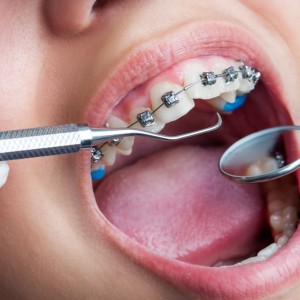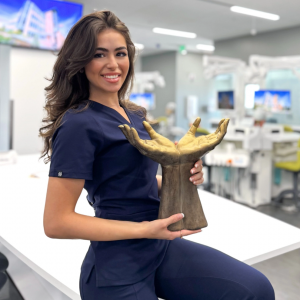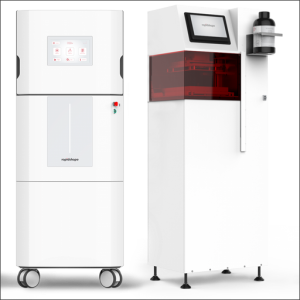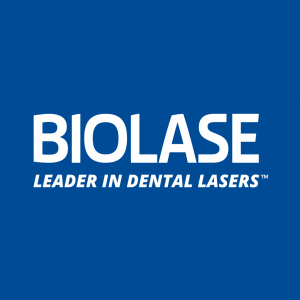
Longevity in Dental Restorations: Beyond the Role of Composite Materials
Introduction: While it is commonly believed that the choice of restorative material significantly influences the longevity of direct restorations in cavities caused by caries, a systematic review by Demarco et al. underscores the limited available information regarding the clinical performance of composite restorations. The review suggests that failures may be attributed to various factors beyond the type of restorative material. Patient factors, such as caries risk and parafunctional habits, along with tooth variables, including restoration size and location, are recognized as influential in restoration longevity. Although the role of dentists' skills, choices, and decision-making processes is acknowledged, the evidence from clinical studies remains limited.
Materials and methods: A systematic search was performed in PubMed, Scopus, and Web of Science databases for articles reporting data from primary longitudinal clinical studies on composite longevity published 2011–2021. Prospective or retrospective clinical studies with restorations in permanent dentition, with follow-up periods of at least 5 years were included.
Results: Contemporary literature indicates that the durability of direct resin composite restorations is subjected to various risk factors. Larger dental restorations, whether posterior, anterior, or cervical, exhibit a negative correlation with composite survival due to increased susceptibility to mechanical degradation. The type and location of teeth in the dental arch also impact restoration longevity, with anterior restorations in the maxilla, particularly central incisors, showing higher failure rates. The presence of endodontic treatment significantly increases the risk of restoration failure, while factors like the number of adjacent teeth and proximal contacts influence survival. Fewer adjacent teeth and a lack of proximal contacts correlate with higher risk. Dentists play a crucial role in the success of dental restorations, with varying survival rates reported among professionals. Studies suggest that demographic variables like age and experience may influence outcomes, but these could be surrogate outcomes for factors like education and differing views on dental treatments. Decision-making by dentists, often influenced by personal perceptions and patient satisfaction, impacts restoration longevity. This underscores the need for clear guidelines on when to repair or replace restorations and emphasizes the importance of considering patients' views in the decision-making process.
Conclusions: This review emphasizes that differences among composites have a minor impact on longevity, assuming that dentists appropriately handle and apply current materials and techniques. The major determinant of longevity lies in patient-related risk factors, particularly those associated with lifestyle and health choices. Studies suggest that variations among resin composites from different manufacturers do not significantly impact the durability of composite restorations. Clinicians have the flexibility to choose materials based on technical considerations like handling preferences, shade options, and ease of polishing. Comprehensive treatment by clinicians is crucial, enabling patients to recognize and plan interventions based on their characteristics and risk status, promoting a healthy lifestyle. Dentists' diagnosis of aging or failed restorations and their decision-making process can significantly impact the overall context of oral health care, ultimately determining the longevity of dental restorations.
Demarco FF, Cenci MS, Montagner AF, de Lima VP, Correa MB, Moraes RR, Opdam NJM. Longevity of composite restorations is definitely not only about materials. Dent Mater. 2023 Jan;39(1):1-12. doi: 10.1016/j.dental.2022.11.009. Epub 2022 Dec 7. PMID: 36494241.
 Read more
Read more
Orthodontics 28 October 2025
The relationship between odontogenic bacteraemia and orthodontic treatment procedures
The purpose of this research was to estimate the prevalence and intensity of bacteraemia associated with orthodontic treatment procedures.
Editorials 28 October 2025
Third Annual Haptics Competition Puts Students’ Dental Skills to the Test
Diana Torosyan (DDS ’28) takes home top honors in competition that expanded for the first time to include University of North Carolina dental students.
Dentsply Sirona, the world’s largest diversified manufacturer of professional dental products and technologies, and Rapid Shape, a leading innovator in German-engineered dental 3D printing...
News 28 October 2025
BIOLASE, the global leader in dental laser technology, will present a major advancement in periodontal care during the American Academy of Periodontology (AAP) 2025 Corporate Forum in Toronto,...
News 28 October 2025
From advancing the specialty of office-based anesthesia through the medical/dental fields as a whole, ranging from procedures to technologies being implemented now and in the future, Office...


